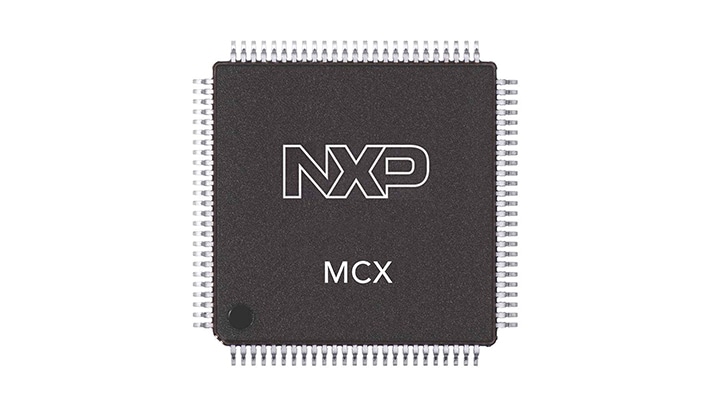
MCX N94x/54x Highly Integrated Multicore MCUs with On-Chip Accelerators, Intelligent Peripherals and Advanced Security
Sign in for a personalized NXP experience.
Roll over image to zoom in
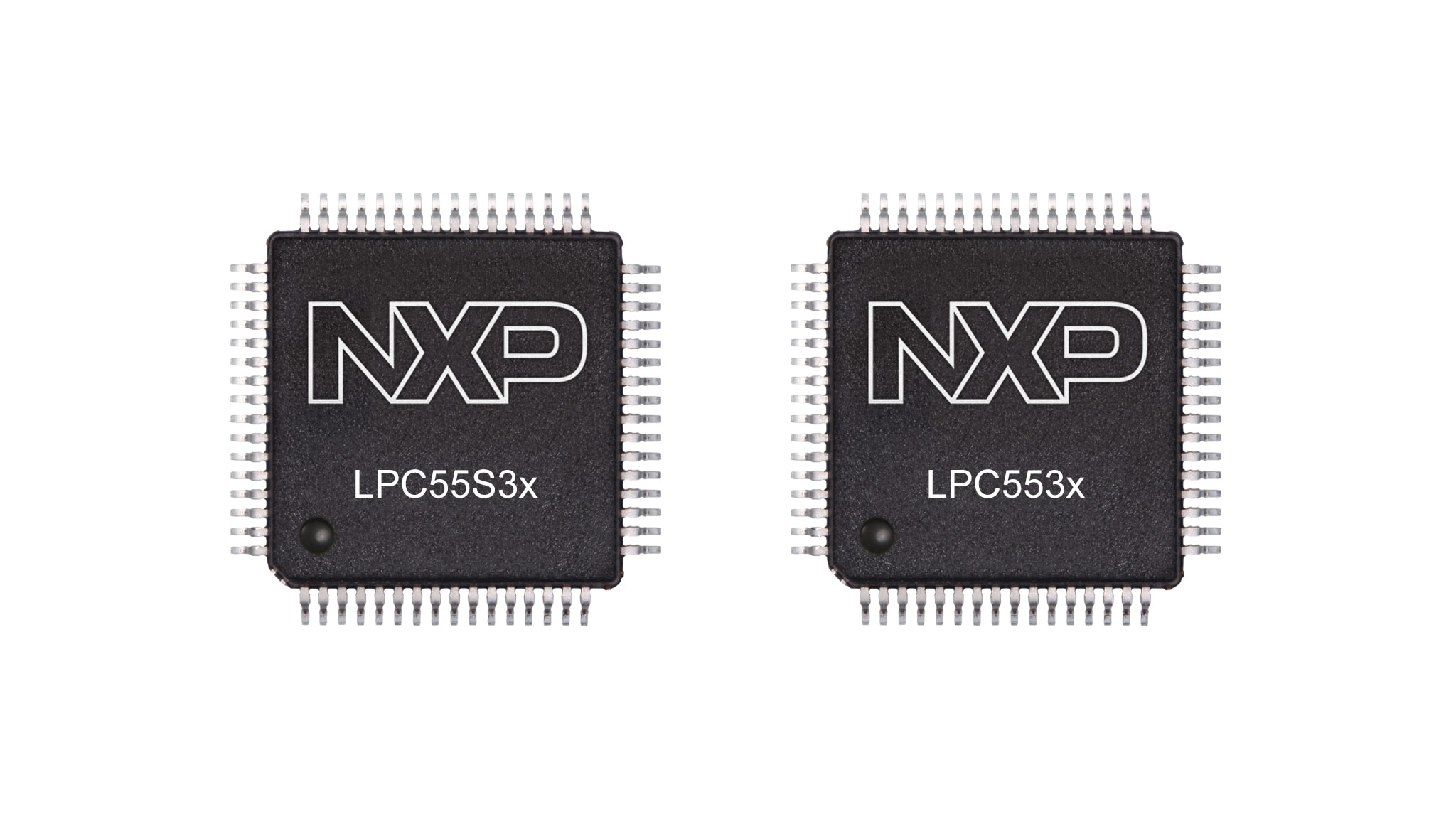

This is a modal window.
Beginning of dialog window. Escape will cancel and close the window.
End of dialog window.
This is a modal window. This modal can be closed by pressing the Escape key or activating the close button.
This is a modal window. This modal can be closed by pressing the Escape key or activating the close button.

This is a modal window.
Beginning of dialog window. Escape will cancel and close the window.
End of dialog window.
This is a modal window. This modal can be closed by pressing the Escape key or activating the close button.
This is a modal window. This modal can be closed by pressing the Escape key or activating the close button.
The LPC553x/S3x MCU family further expands the general purpose Cortex-M33-based MCU series, offering significant performance enhancement, all on-chip RAM with Parity or ECC, renewed security features and precision analog additions, leveraging the cost-effective 40-nm NVM process technology.
The LPC553x/S3x family includes a proprietary DSP accelerator offering 10x clock cycle reduction, bringing significant signal processing efficiency gains.

MCX N94x/54x Highly Integrated Multicore MCUs with On-Chip Accelerators, Intelligent Peripherals and Advanced Security

MCX A13x, 14x, 15x MCUs with Arm® Cortex® M33, Scalable Device Options, Low Power and Intelligent Peripherals
| | | | | |
|---|---|---|---|---|---|
| | | | | |
| | | | | |
| | | | | |
| | | | | |
| | | | | |
| | | | | |
| | | | | |
| | | | | |
| | | | | |
| | | | | |
LPC553xQuick reference to our documentation types.
1-10 of 66 documents
Compact List
There are no results for this selection.
Sign in to access authorized secure files. Learn more about secure access rights.
Please wait while your secure files are loading.
1-10 of 66 documents
Compact List
1-5of 11 design files
Sign in to access authorized secure files. Learn more about secure access rights.
Please wait while your secure files are loading.
1-5of 11 design files
1-5 of 12 hardware offerings
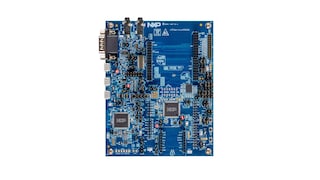
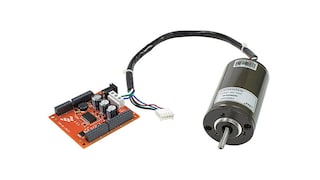
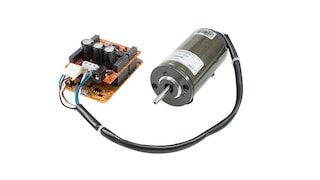
Additional hardware available. View our featured partner solutions.
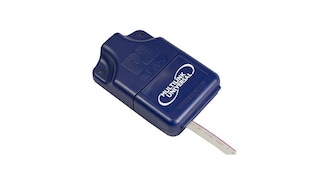
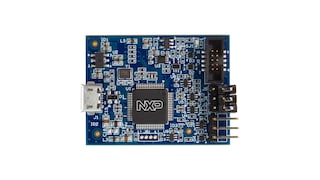
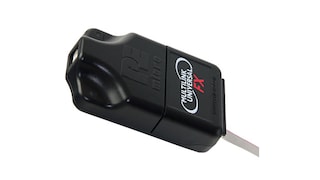
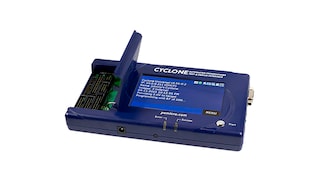
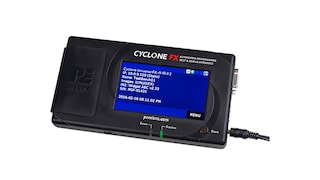
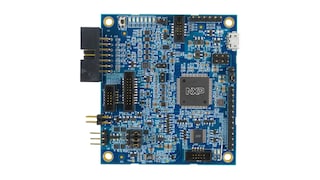
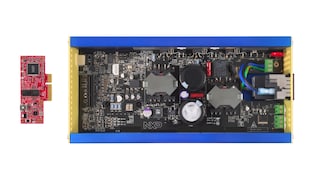
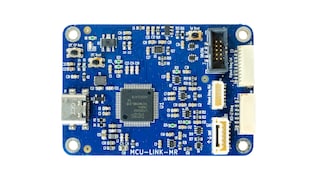
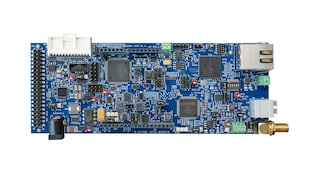
Sign in to access authorized secure files. Learn more about secure access rights.
1-5 of 10 hardware offerings
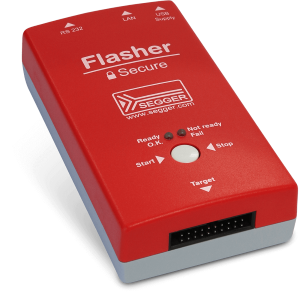
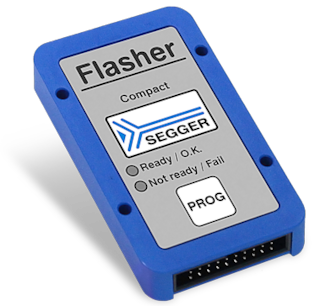
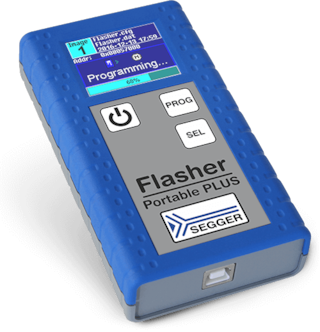
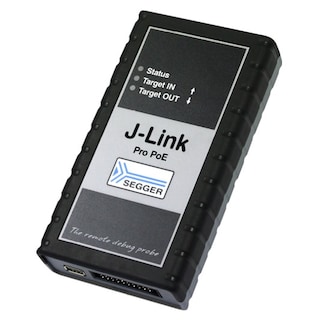
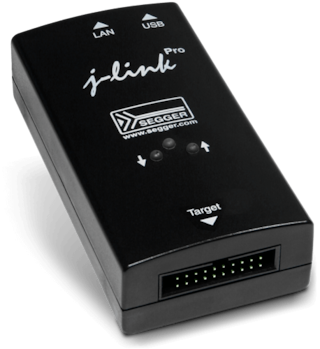
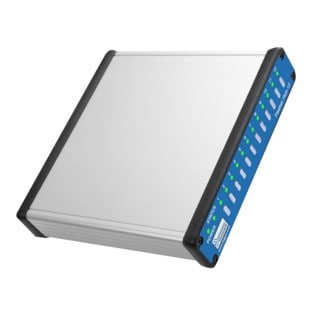
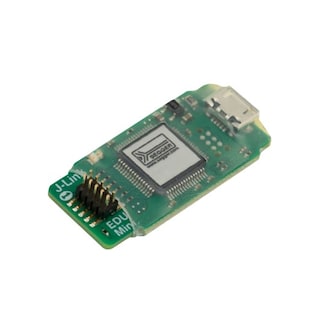
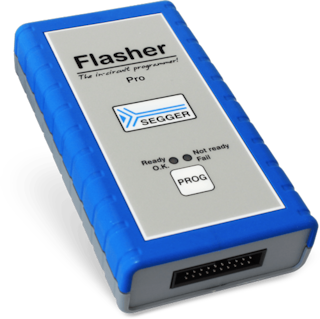
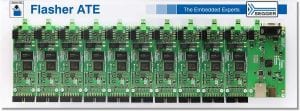
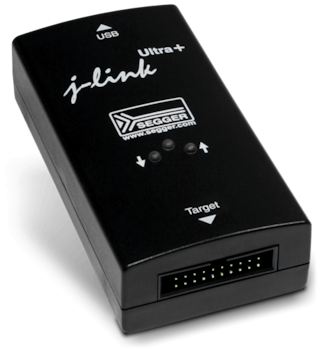
To find additional partner offerings that support this product, visit our Partner Marketplace.
1-5 of 12 hardware offerings



Additional hardware available. View our featured partner solutions.









Quick reference to our software types.
1-5 of 14 software files
Additional software available. View our featured partner solutions.
Note: For better experience, software downloads are recommended on desktop.
Sign in to access authorized secure files. Learn more about secure access rights.
Please wait while your secure files are loading.
1-5 of 31 software offerings
To find additional partner offerings that support this product, visit our Partner Marketplace.
1-5 of 14 software files
Additional software available. View our featured partner solutions.
Note: For better experience, software downloads are recommended on desktop.
1 engineering service

There are no results for this selection.
To find additional partner offerings that support this product, visit our Partner Marketplace.
1-5 of 10 trainings
Additional trainings are available. View our featured partner trainings.
10 trainings
Additional trainings are available. View our featured partner trainings.
6 trainings
To find additional partner offerings that support this product, visit our Partner Marketplace.
There are no recently viewed products to display.
View or edit your browsing history
Help us improve your experience on our site. We invite you to take our five-question survey.